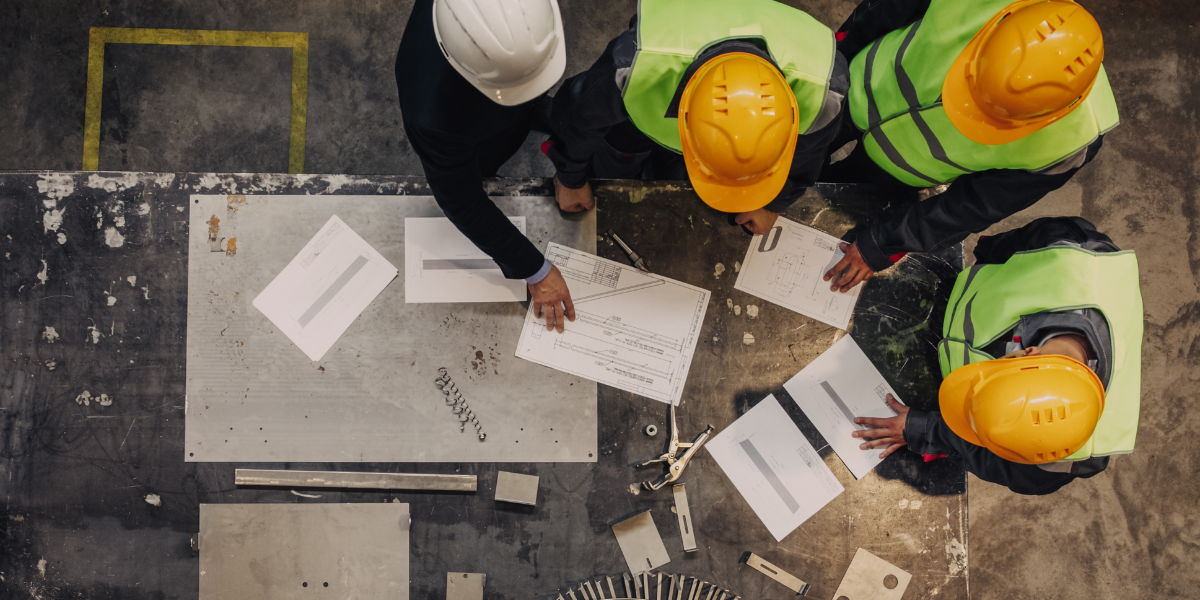
You need to know your enemy. In this case, the “enemy” is a safety hazard that could harm your employees in the near or distant future. The essential first step when eliminating occupational hazards is to thoroughly identify these dangers so that the employer can look at strategies to improve the safety of their most important resource – the people.
A hazard assessment is the most effective way to determine your safety hazards. This regular activity documents the safety hazards and their level of risk at all worksites and environments. OSHA says one of the primary reasons for occupational accidents, injuries, and illness is “the failure to identify or recognize hazards that are present, or that could have been anticipated.” The organization says an essential element of an effective occupational health and safety program is “a proactive, ongoing process to identify and assess such hazards.”
Hazard assessments are particularly important for the safety of at-risk employees like those who use heavy equipment and machinery and lone workers who perform their jobs in environments where help isn’t accessible if needed in an accident. In these high-risk work environments, hazard assessments may need to be performed more frequently, and as you will learn below, new safety measures and protocols may need to be implemented to protect vulnerable and lone workers.
The many safety benefits
There are several advantages to consistent, regular hazard assessment of your work environment.
Identification of safety risks unique to your organization and work environment. This can include lone workers who have limited access to emergency help.
Proactive accident prevention will eliminate the safety risks present at your work locations. A hazard assessment will help employers identify and then mitigate any occupational hazards before they hurt someone.
Improved wellness and safety work culture can result from regular hazard assessments, which are the product of employees who are much more educated about the existing or potential dangers and are trained in current safety protocols.
Less turnover and higher retention follow a solid safety culture where people feel safe going to work and performing their jobs. Employees who feel cared for and safe, will choose to stay with an organization longer.
Key components of a hazard assessment
- Name and positions of employee(s) conducting the hazard assessment
- The date that the hazard assessment is conducted
- Name of the worksite
- List of identified hazards and level of risk for each hazard
- Requirements from local safety legislation, regulations, and industry standards
- Safety measures/protocols to mitigate identified hazards
How to conduct hazard assessments
So, how does one perform these hazard assessments so that the employees and organization experience the benefits we listed above? Here are some simple yet effective tips that will help you increase the efficacy of your hazard assessments:
- Conduct hazard assessments regularly or according to changes in the risk levels or safety requirements, as well as new work processes/activities or equipment being introduced into operations. A hazard assessment can become a living document and must be updated routinely.
- Plan and involve all employees impacted by the identified OHS hazards and resulting safety measures. To properly and thoroughly perform accurate hazard identification, you require the different perspectives and skill sets of all levels of the organization.
- Create a risk matrix that helps you accurately determine and visualize the probability of the risk with the potential damage/impact it could have on the employee, organization, and operations.
Proactive protection for your people
Whether trenching and excavation safety or community healthcare and social work, every workplace needs hazard assessments to protect those performing their jobs in those spaces. It is impossible to predict the future; however, a hazard assessment can catch current OHS risks before a person is hurt, and it can anticipate safety hazards in the future so that safeguards can proactively be put in place now.
The safety and well-being of your people benefit first and foremost. That creates some precious peace of mind for the employee, knowing they are safe, and for the employer, knowing that their most important resource is protected – the people.
